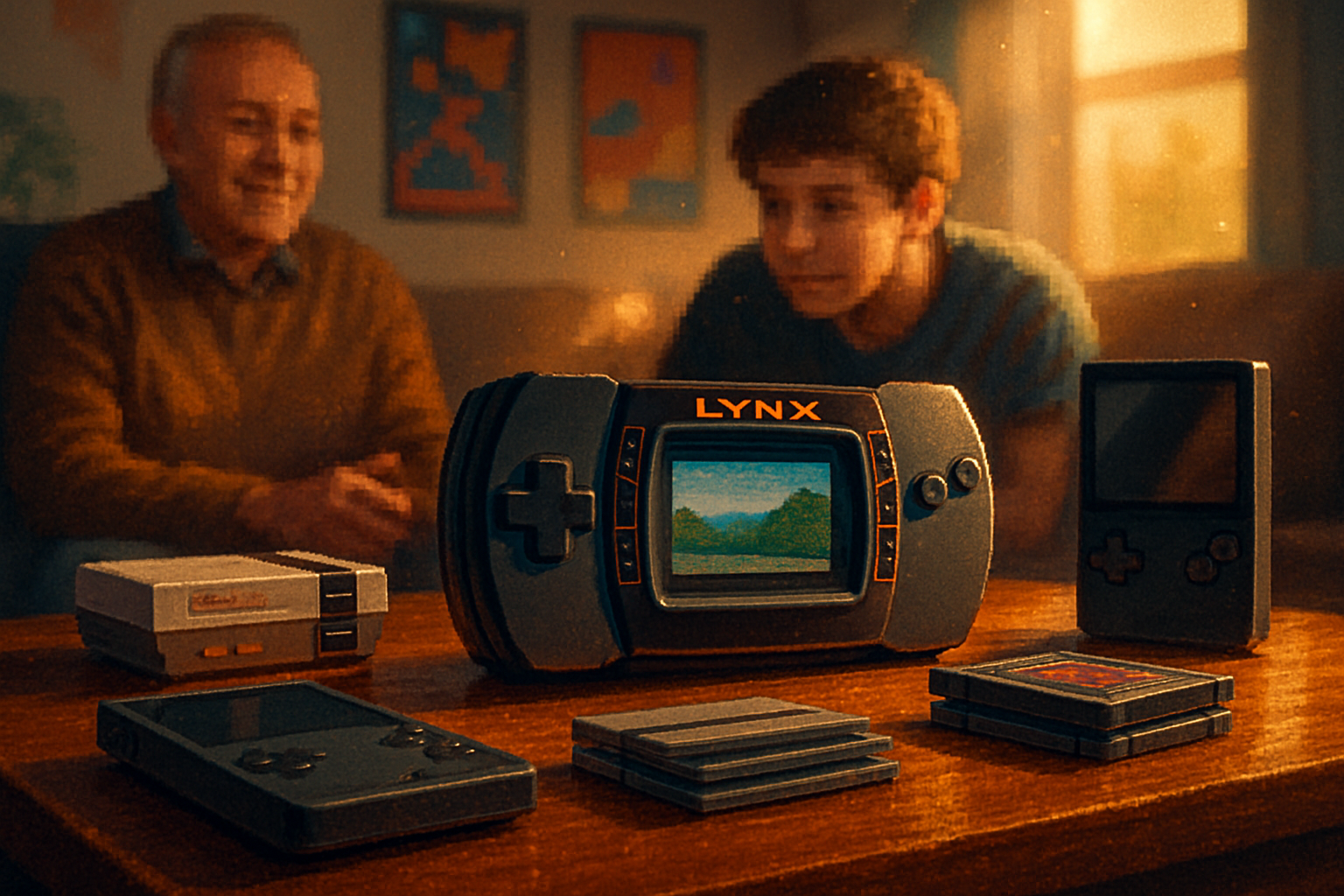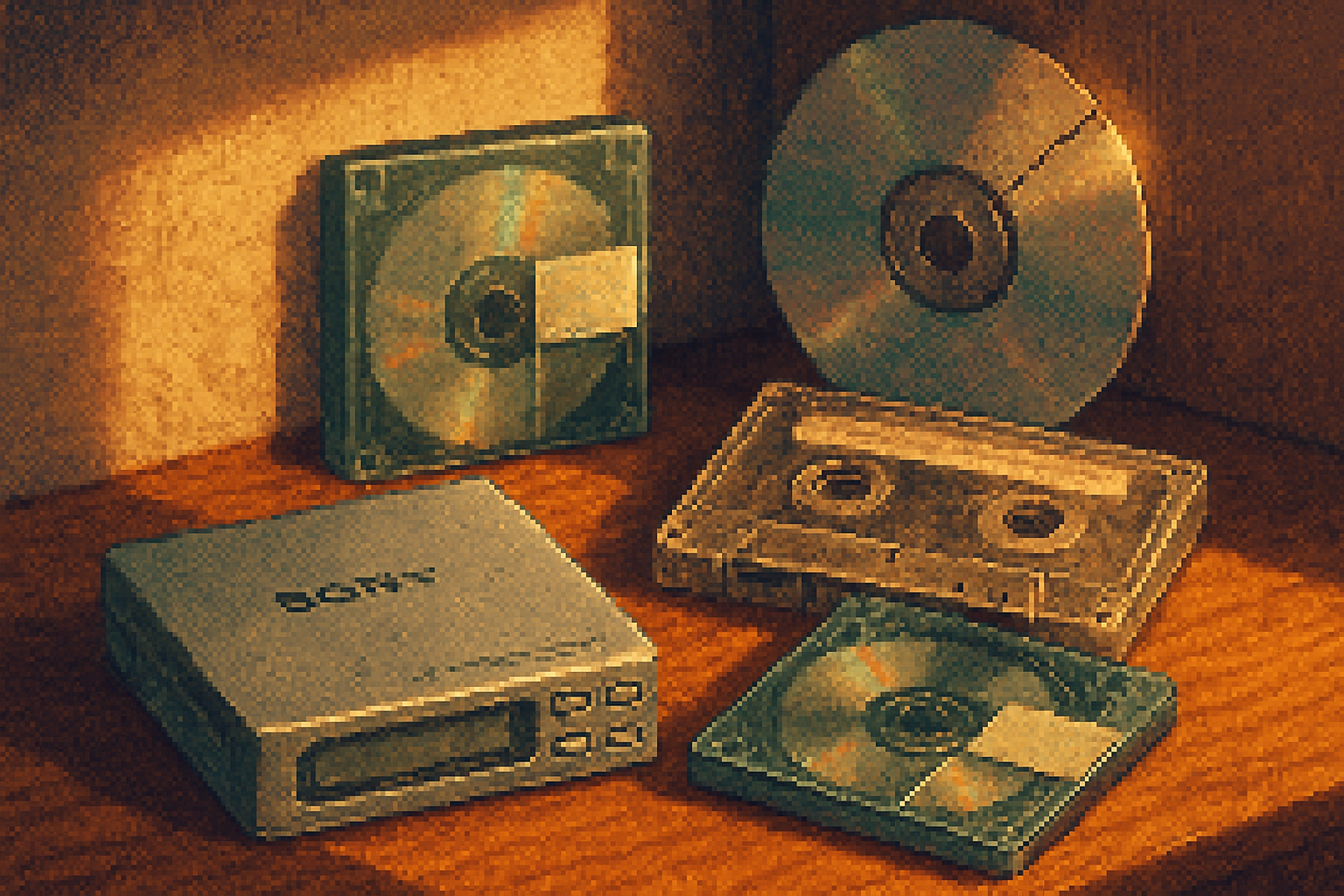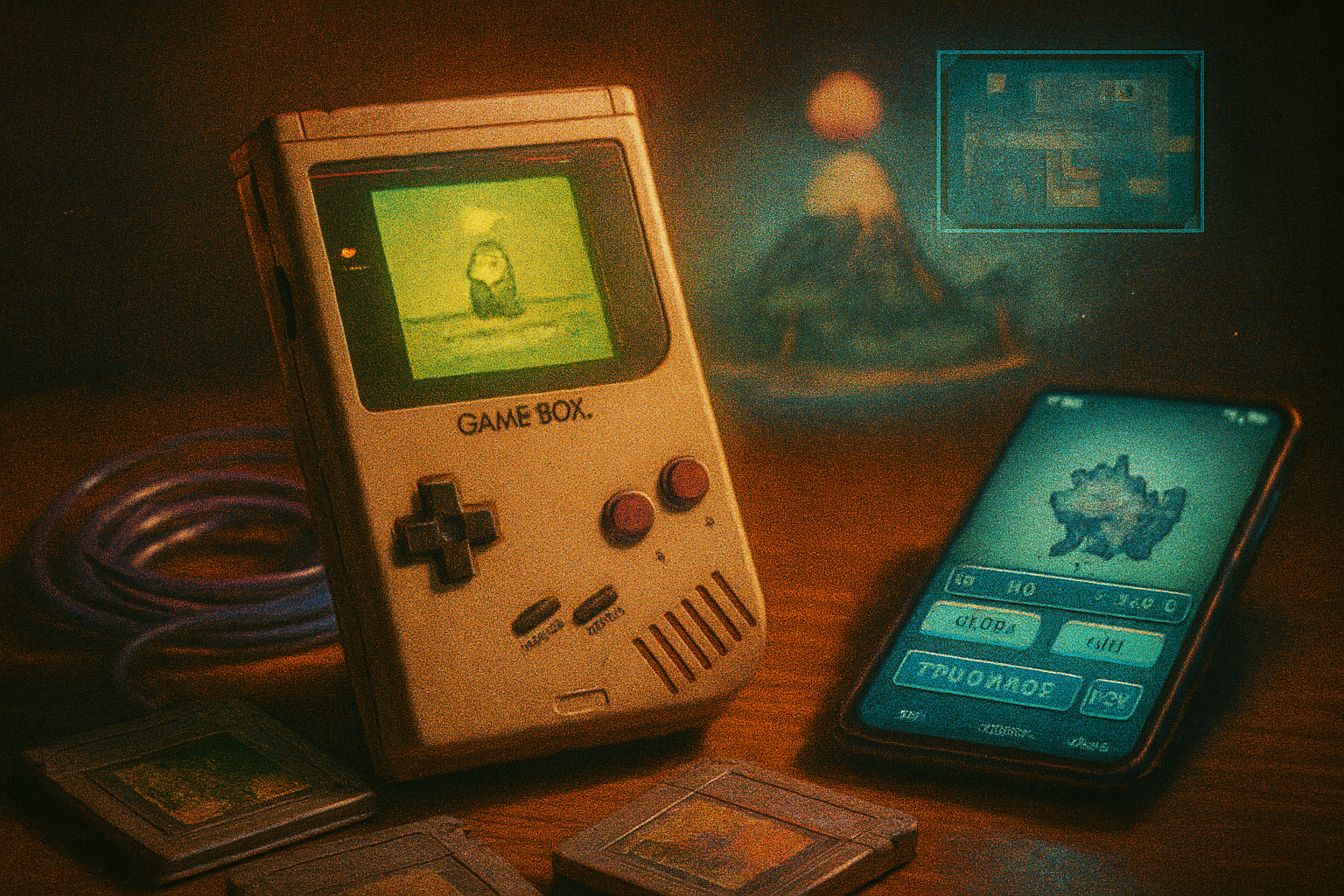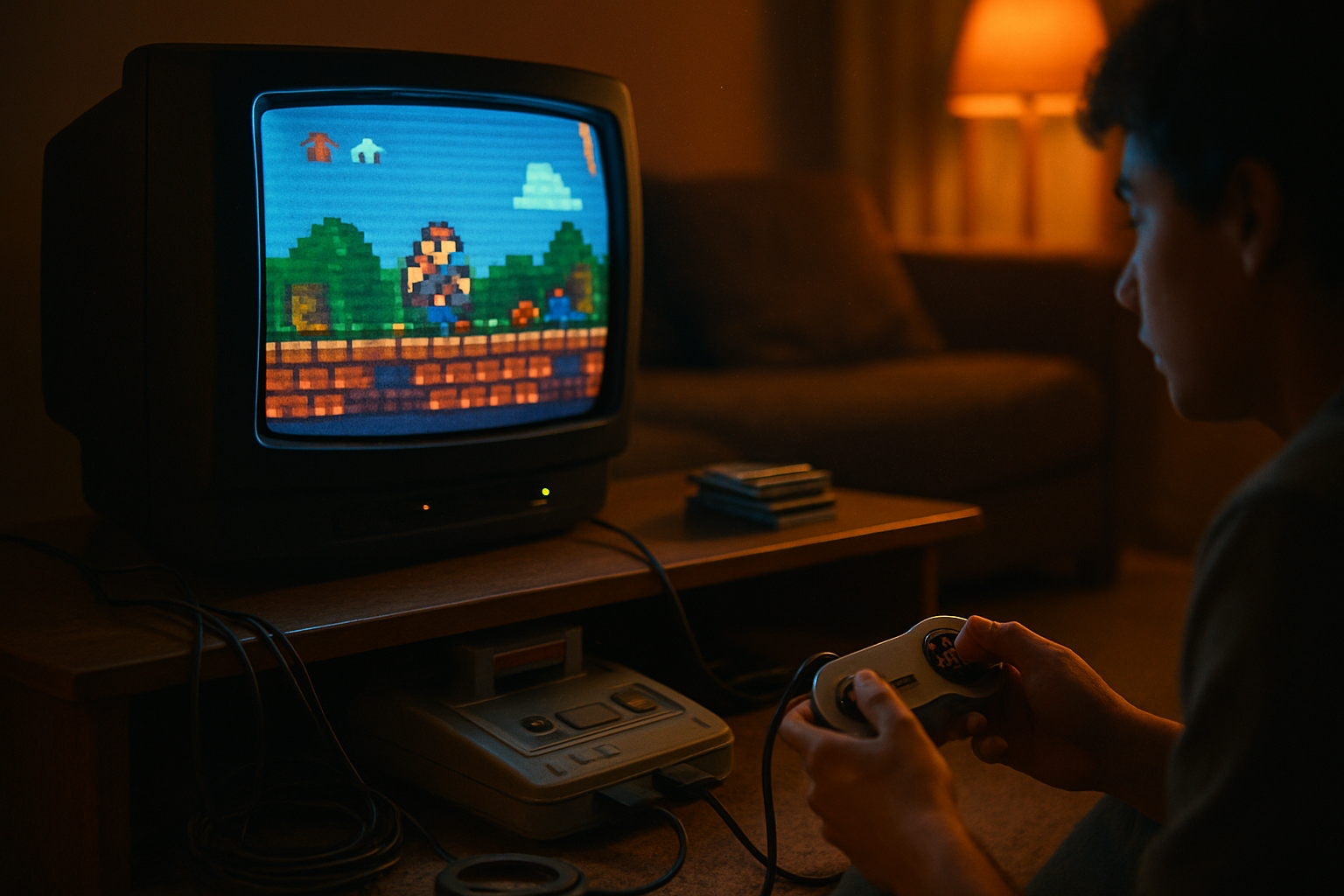· culture · 7 min read
The VHS Renaissance: How Retro Technology is Making a Comeback
From thrift-store hunts to TikTok aesthetics, VHS tapes are enjoying a surprising revival. This article explores why analog video is back in vogue, featuring interviews with collectors and artists, the influence of nostalgia-driven entertainment, and practical tips for joining the VHS renaissance.
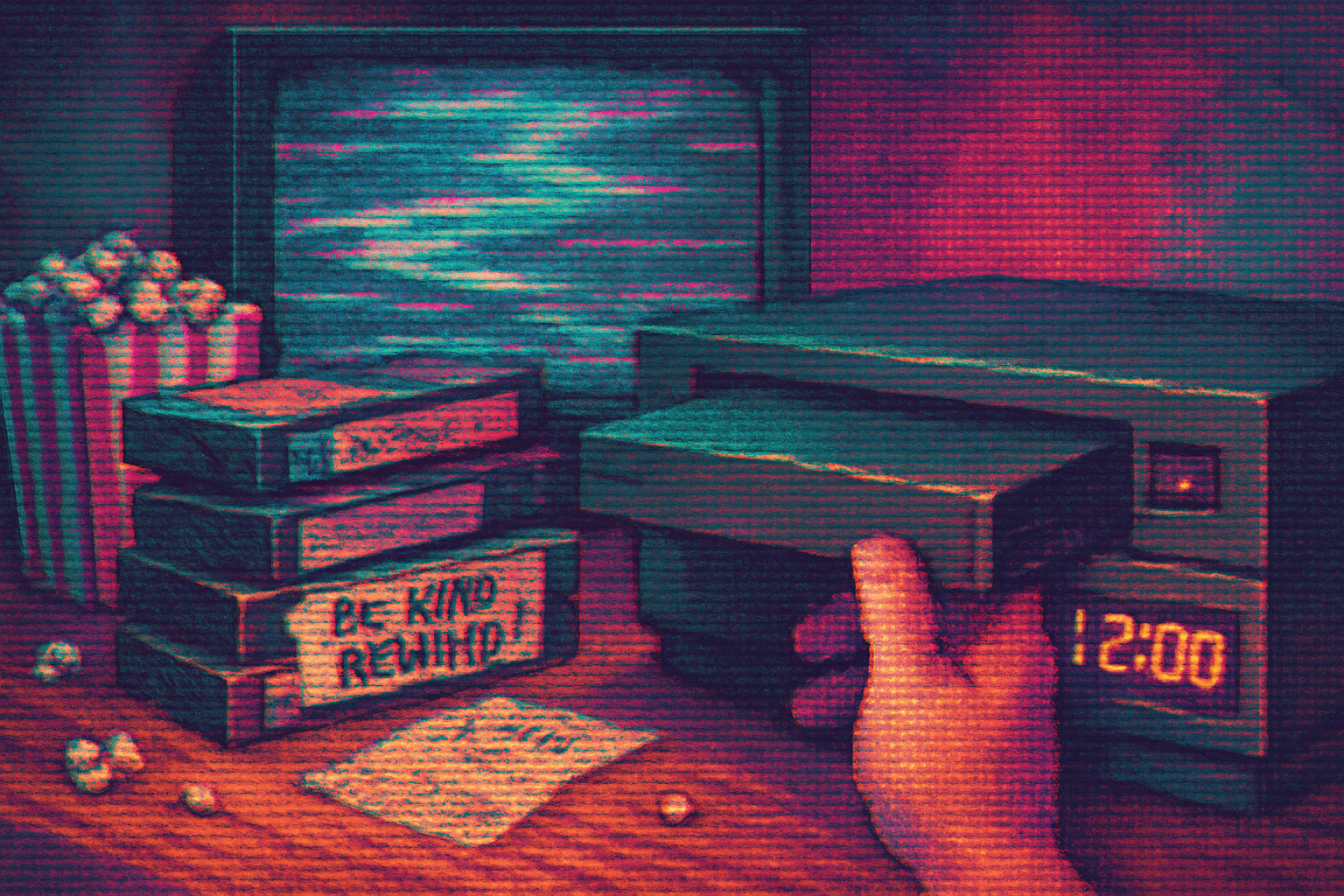
Introduction
Something unexpected is humming in thrift stores, flea markets, and corners of the internet: the humble VHS tape. Once dismissed as obsolete hardware, VHS has found new life as a cultural object - a medium, a collectible, and an aesthetic. In an era dominated by seamless streaming, the VHS renaissance raises a basic question: why are people returning to a format notorious for tracking errors, tape degradation, and bulky plastic cases?
This article looks beyond kitsch to explain the comeback: the emotional pull of nostalgia, an appetite for tactile media, the visual language VHS imparts to contemporary artists, and a small but growing market of collectors and creatives who keep the format alive.
A brief history (and why VHS matters)
The Video Home System (VHS) dominated home video from the late 1970s through the 1990s, enabling consumers to record television, rent movies, and build personal libraries at home. For decades VHS was the default way to watch movies outside the cinema; it changed how people consumed and archived moving images. For a concise technical and historical overview, see the VHS entry on Wikipedia.
(VHS: https://en.wikipedia.org/wiki/VHS)
Although digital formats ultimately replaced VHS, the physicality and imperfections of tape encoded a specific relationship with media - one that streaming can’t replicate.
Why the revival? The forces behind the trend
Several overlapping factors explain VHS’s renewed appeal.
Nostalgia and memory - Nostalgia is powerful. Objects can act as time machines; a VHS tape can trigger memories of childhood movie nights, rental shops, or the ritual of rewinding. Researchers and cultural critics have long observed how nostalgia shapes consumption and identity.
Tangibility in a digital age - In an increasingly dematerialized media landscape, physical objects feel more meaningful. Tactile interaction - inserting a tape, flipping through cover art, watching tracking lines appear - offers a slower, more deliberate experience.
Aesthetic value - VHS imparts a distinct visual quality: soft focus, color shifts, scanlines, and analog glitches. These artifacts have become creative tools for musicians, filmmakers, and visual artists who use them to evoke mood and era.
Social media and viral culture - Platforms like TikTok and Instagram amplify retro aesthetics. Short clips showcasing fast-forwarded tape, imperfect playback, or collections make VHS visually compelling and easy to share.
Affordability and accessibility - For new filmmakers and experimenters, analog gear can be both inexpensive and artistically liberating. Old VCRs and tapes are still widely available at low prices through thrift stores, marketplaces like eBay and Etsy, and local swap scenes.
(Online marketplaces: https://www.ebay.com | https://www.etsy.com | Collector resources: https://www.discogs.com)
Voices from the scene: interviews with collectors and artists
Below are excerpts from interviews conducted with people active in the VHS community. Names are given with roles; interviews have been edited for clarity.
Interview - Alex, VHS collector (age 38)
“I started collecting because every tape felt like a tiny time capsule. The box art, the misspellings, the old rental stickers - it’s all part of the story. I don’t buy everything, but when I find a tape of a movie I remembered from my childhood, it’s like rediscovering a piece of myself.”
“Part of the hobby is preservation. Tapes degrade, and digitizing some of my rarer finds feels like rescuing them from permanent loss. That said, there’s also joy in letting the tape play as it was designed - debris, hiss, and all.”
Interview - Rina, visual artist and filmmaker
“I use VHS intentionally. The texture it adds to footage can change how you perceive time. For a music video I shot last year, the tracking lines and color bleed gave the song a weight and nostalgia that nothing pristine could.”
“There’s also a disruptiveness to VHS. In a world of hyper-clean digital images, analog tells you something happened to this signal, and that ‘happening’ is often the story.”
Interview - Jordan, zine-maker and VHS event organizer
“We started doing VHS swap nights because people wanted a place to talk about tapes - to share weird finds and screen it on actual VCRs. There’s a community aspect to it. You bring a tape, somebody else brings popcorn, and suddenly you’re all watching a forgotten documentary from 1982 and laughing and learning.”
These voices point to motivations that are emotional, aesthetic, and social - not merely ironic.
VHS aesthetics in contemporary art and culture
The VHS look is now a trove for creatives. A few ways it’s being used:
Film and music videos - Directors use VHS cameras or tape emulation to create a sense of immediacy and nostalgia.
Vaporwave and retro electronic music - Genres like vaporwave borrow heavily from VHS-era visuals - grainy corporate promos, neon gradients, and lo-fi VHS textures. (Vaporwave:
Installation art - Artists integrate VCRs and tapes as sculptural elements, or project degraded VHS footage to examine memory and obsolescence.
Fashion and photography - Photographers replicate tape softness and color shifts in portraiture to evoke a bygone era.
VHS has become a visual shorthand for ‘retro’ that also carries emotional nuance: it can be dreamy or unsettling, intimate or uncanny.
The collector economy: scarcity, value, and sustainability
Not all tapes are valuable, but select titles command high prices. Rare rental tapes, obscure foreign releases, and sealed clones can be collectible. Yet the market is different from vinyl’s boom: most VHS tapes remain affordable, and many collectors prize accessibility over speculative investment.
Two practical considerations for collectors:
Preservation - Magnetic tape degrades. Store tapes upright, avoid heat and humidity, and consider digitizing rare material. If you plan to digitize, learn safe playback practices - a misaligned tape path can damage both tape and machine.
Equipment - Many working VCRs are decades old. Shops and online communities trade parts and service tips. Some artists favor deliberately degraded or modified players to create particular artifacts.
How to get involved (a practical primer)
Start small - Visit thrift stores, flea markets, and local swap nights. You don’t need to spend much to find interesting tapes.
Learn basic care - Rewind tapes before storing, avoid sticky-shed syndrome environments, and clean VCR heads if you plan to play often.
Digitize wisely - Use a reliable capture device and test a few tapes first. Consider paying a service for delicate or valuable tapes.
Experiment with aesthetics - Try shooting with a VHS camcorder, transferring digital footage through an old VCR for that analog wash, or using software plugins that emulate tape artifacts.
Join communities - Online forums, Discord servers, and social media groups exchange tips, trade tapes, and organize screenings.
Cultural impact: why this matters beyond hobbyists
The VHS renaissance speaks to broader cultural currents:
A pushback against frictionless consumption. People are rediscovering the meaning attached to tangible media.
An interest in material histories. Preserving analog formats is also an act of cultural memory-keeping.
Creative retooling. Artists repurpose the limitations of obsolete tech as expressive possibilities.
These trends echo similar revivals - vinyl, film photography, and cassette tapes - each articulating a desire for texture, slowness, and authenticity.
Risks and critiques
Romanticizing obsolescence has limits. VHS is not an ecologically neutral hobby; old electronics contain plastics and components that require proper disposal. Collecting can also encourage hoarding when the focus becomes market value rather than cultural preservation. Finally, nostalgia can sometimes sanitize the past; critical engagement is important.
The future of VHS: fad or durable subculture?
While mainstream consumption is unlikely to reverse toward analog at scale, the VHS revival looks sustainable as a subcultural movement. As long as communities remain active - trading tapes, making art, hosting screenings - VHS will persist as both medium and metaphor. Hybrid practices (digitizing analog footage, using tape aesthetics in digital art) suggest a future in which analogue and digital coexist creatively.
Conclusion
The return of VHS isn’t merely retro mania; it’s an expression of how people value memory, tactility, and imperfection in a highly polished digital world. Whether as collectible, art tool, or communal artifact, VHS offers a different way to experience moving images - one that celebrates the traces left by time, use, and human interaction.
For those curious to try it: start with a thrift-store hunt, attend a local screening, and think about what the medium itself adds to the stories you want to tell.
Selected resources
- VHS (Wikipedia): https://en.wikipedia.org/wiki/VHS
- Vaporwave (Wikipedia): https://en.wikipedia.org/wiki/Vaporwave
- Discogs (collector resource): https://www.discogs.com
- eBay marketplace: https://www.ebay.com
- Etsy marketplace: https://www.etsy.com
